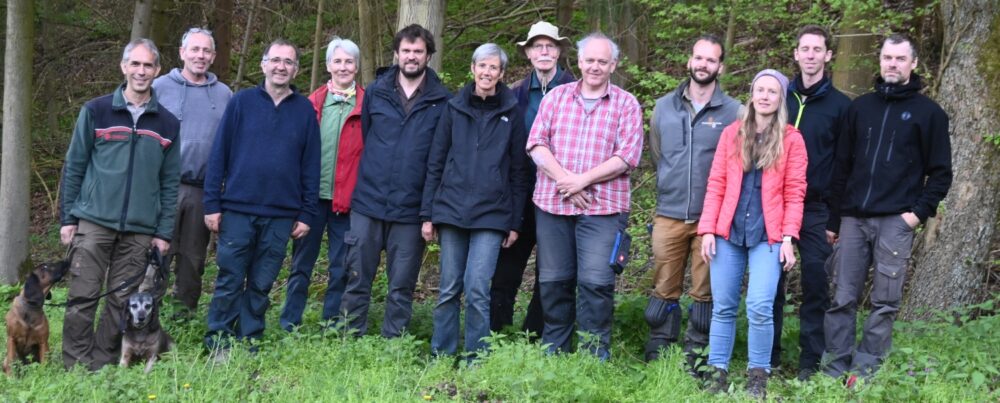Anthropogenically degraded humus forms (German: Streunutzungsrohhumus) are observed after long-term usage of the organic surface layers, which was practiced until the mid-20th century. This impact led to drastic changes in site conditions affecting pedogenic processes. In most cases, heathland developed on these devastated soils, and litter and even sods were further exported. The ecological properties of humus forms that develop under such conditions conform with few exceptions to the Mor humus forms. They have the following characteristics:
-
Ol horizon und Of horizon are present, with strongly varying thickness;
-
Of horizon is characterised by little organic fine material, which is layer-like felted and flexural;
-
Oh horizon is missing or only is 0.5 to 1 cm thick in medium aged and old pine or spruce forests;
-
Ah-Ee horizon (often semi- to entirely podzolised soils) has a low-to-medium organic matter content, has a coherent to single grain structure in most cases, and is relatively thin (frequently < 3 cm);
-
abrupt transition boundaries between Of horizon and Oh horizon, Oh horizon, and Ah-Ee horizon; and
-
Of has a CN-ratio of mostly >32, the N content is always <1.7% weight, and the pH-KCl mostly <pH 3.
